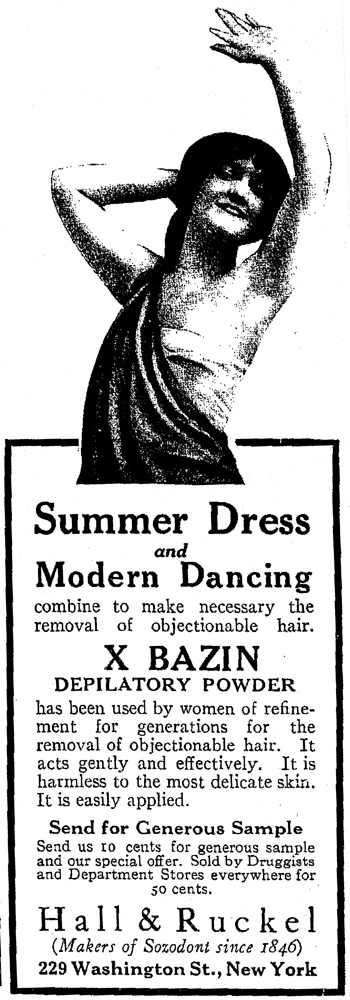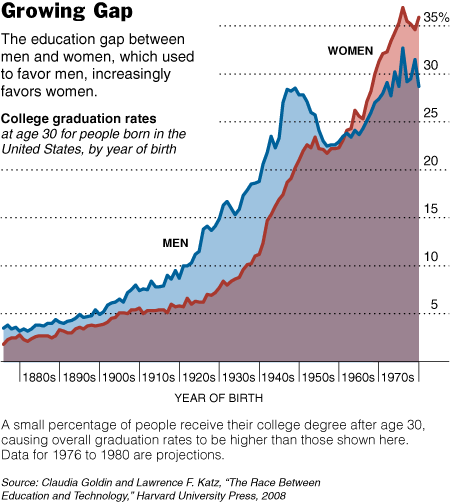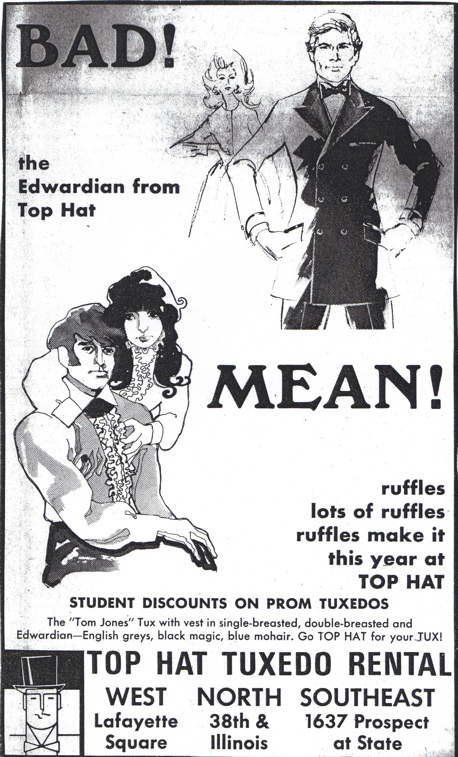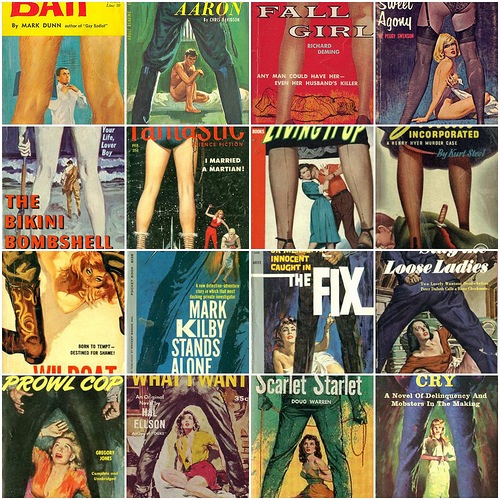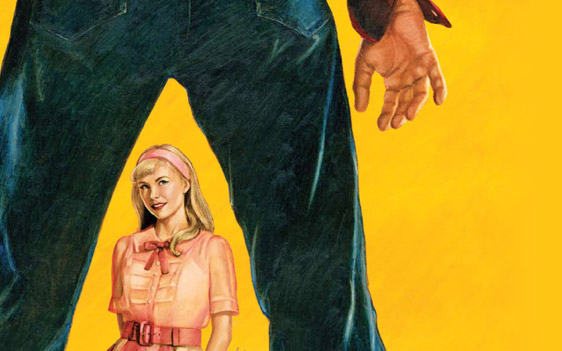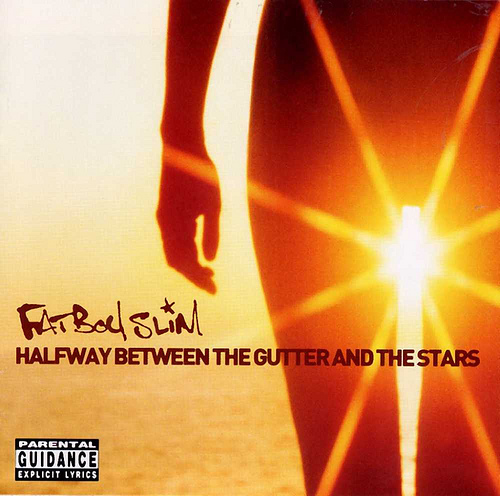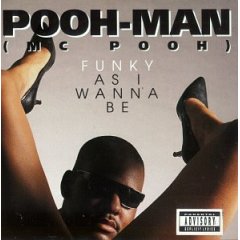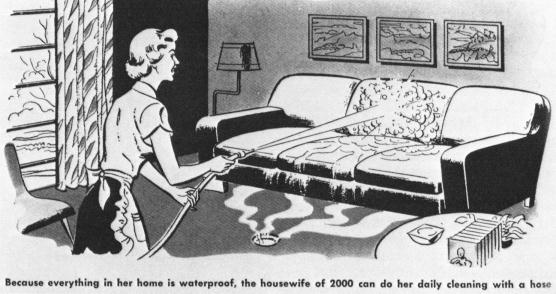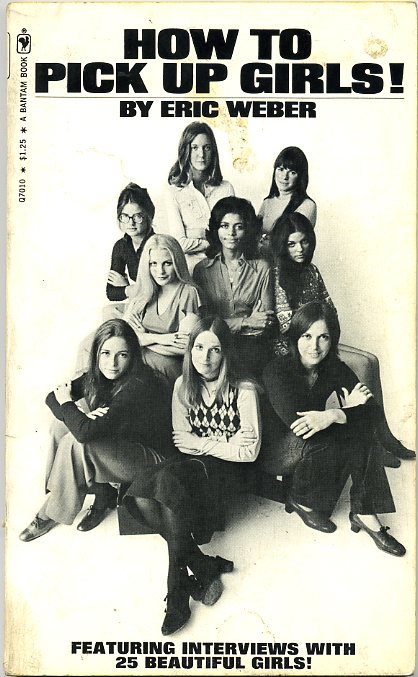It is a norm for women in the U.S. to shave their armpits, but this is not the norm elsewhere, even in countries that have relatively a lot in common with the U.S. (like France I’ve been corrected). How did armpit shaving become the norm in the U.S.? And who benefited from this?
Vee the Monsoon sent us the following commentary and ad. It turns out, women shave in the U.S. today, in part, because of a concerted marketing effort on the part of companies that stood to profit from the creation of such a norm with the creation of anxiety about “objectionable hair.”
From The Straight Dope:
…U.S. women were browbeaten into shaving underarm hair by a sustained marketing assault that began in 1915. (Leg hair came later.) The aim of… the Great Underarm Campaign was to inform American womanhood of a problem that till then it didn’t know it had, namely unsightly underarm hair. To be sure, women had been concerned about the appearance of their hair since time immemorial, but (sensibly) only the stuff you could see. Prior to World War I this meant scalp and, for an unlucky few, facial hair. Around 1915, however, sleeveless dresses became popular, opening up a whole new field of female vulnerability for marketers to exploit…. the underarm campaign began in May, 1915, in Harper’s Bazaar, a magazine aimed at the upper crust. The first ad ‘featured a waist-up photograph of a young woman who appears to be dressed in a slip with a toga-like outfit covering one shoulder. Her arms are arched over her head revealing perfectly clear armpits. The first part of the ad read “Summer Dress and Modern Dancing combine to make necessary the removal of objectionable
hair.
From the May 1915 issue of Harper’s Bazaar:
Thanks Vee!
NEW! Another example from the U.K., 1934 (found here). This one encourages the dissolving of armpit hair as a way to fight armpit odor:

